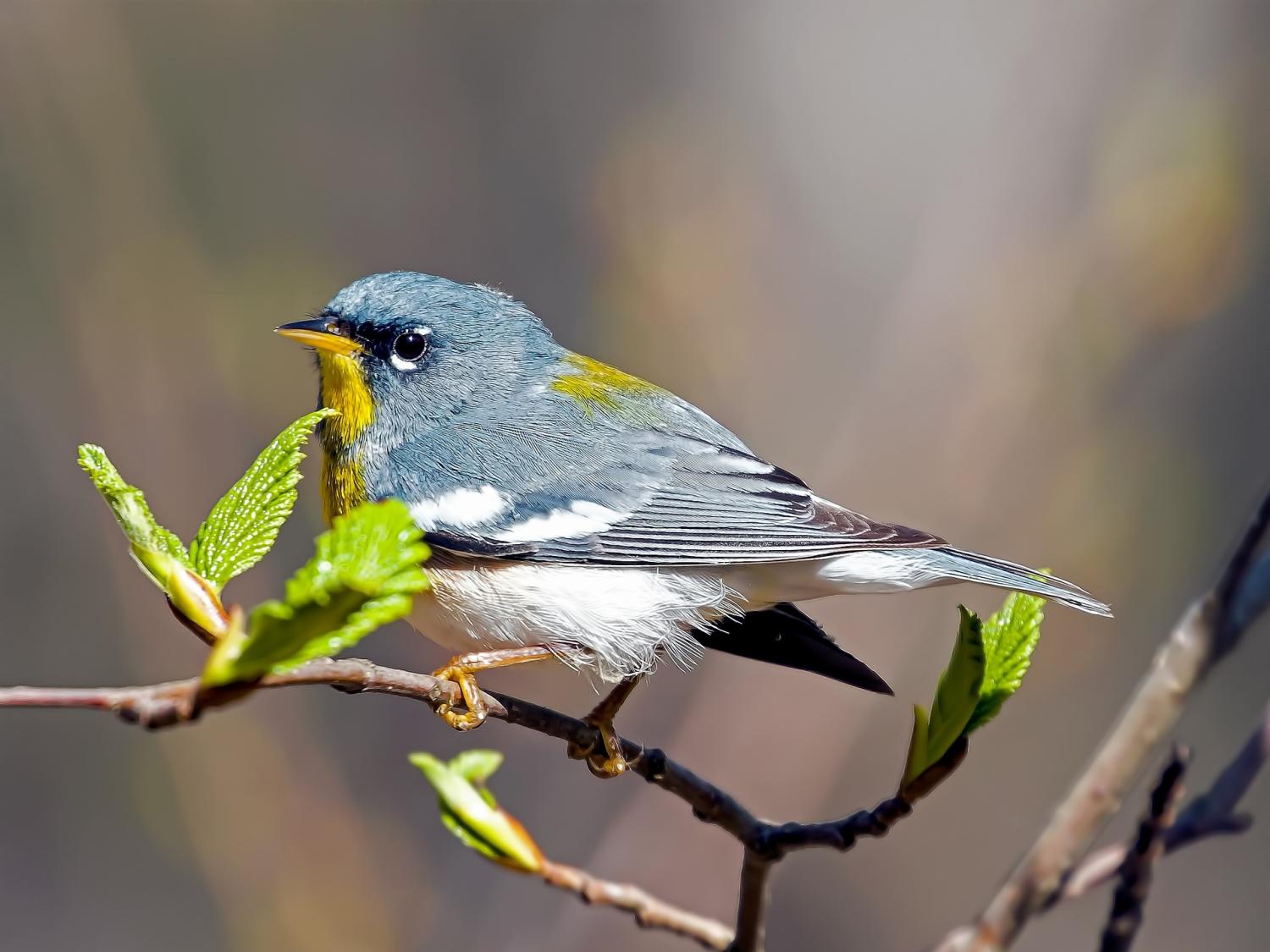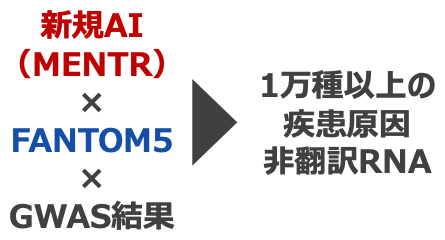ウグイスの微生物が食事よりも進化の影響を受けていることを示唆する新たな研究結果 New research suggests that the microbiomes of warblers are influenced more by evolution than diet
2022-11-21 ペンシルベニア州立大学(PennState)
 A new study by biologists at Penn State suggests that the gut microbiomes of warblers — like the northern parula pictured here — are influenced more by evolution than diet. Credit: Hans Toom/Pixabay. All Rights Reserved.
A new study by biologists at Penn State suggests that the gut microbiomes of warblers — like the northern parula pictured here — are influenced more by evolution than diet. Credit: Hans Toom/Pixabay. All Rights Reserved.
鳥のマイクロバイオーム内の細菌の多様性を調べたところ、鳥の種類の特定が最も大きな説明要因であった。また、食餌に含まれる昆虫の多様性は、腸内細菌の多様性とはあまり関係がなかった。さらに、研究者がウグイスを腸内マイクロバイオームの類似性でグループ分けしたところ、これらの関係は、ウグイスを食事の類似性でグループ分けした木よりも、ウグイスの生命の木(種間の進化的関連性でグループ分けした木)に近い一致を示した。
この結果は、食餌の多様性が、これらの鳥類の腸内細菌叢を形成する最も重要な要因ではない可能性を示唆している。
<関連情報>
- https://www.psu.edu/news/eberly-college-science/story/what-shapes-composition-microbes-warblers-gut/
- https://onlinelibrary.wiley.com/doi/10.1111/mec.16762
繁殖期のキクイタダキの腸内細菌組成は食餌の多様性よりも宿主の系統性をよりよく反映する Gut microbiome composition better reflects host phylogeny than diet diversity in breeding wood-warblers
Marcella D. Baiz,Andrea Benavides C.,Eliot T. Miller,Andrew W. Wood,David P. L. Toews
Molecular Ecology Published: 03 November 2022
DOI:https://doi.org/10.1111/mec.16762
Abstract
Understanding the factors that shape microbiomes can provide insight into the importance of host–symbiont interactions and on co-evolutionary dynamics. Unlike for mammals, previous studies have found little or no support for an influence of host evolutionary history on avian gut microbiome diversity and instead have suggested a greater influence of the environment or diet due to fast gut turnover. Because effects of different factors may be conflated by captivity and sampling design, examining natural variation using large sample sizes is important. Our goal was to overcome these limitations by sampling wild birds to compare environmental, dietary and evolutionary influences on gut microbiome structure. We performed faecal metabarcoding to characterize both the gut microbiome and diet of 15 wood-warbler species across a 4-year period and from two geographical localities. We find host taxonomy generally explained ~10% of the variation between individuals, which is ~6-fold more variation of any other factor considered, including diet diversity. Further, gut microbiome similarity was more congruent with the host phylogeny than with host diet similarity and we found little association between diet diversity and microbiome diversity. Together, our results suggest evolutionary history is the strongest predictor of gut microbiome differentiation among wood-warblers. Although the phylogenetic signal of the warbler gut microbiome is not very strong, our data suggest that a stronger influence of diet (as measured by diet diversity) does not account for this pattern. The mechanism underlying this phylogenetic signal is not clear, but we argue host traits may filter colonization and maintenance of microbes.


